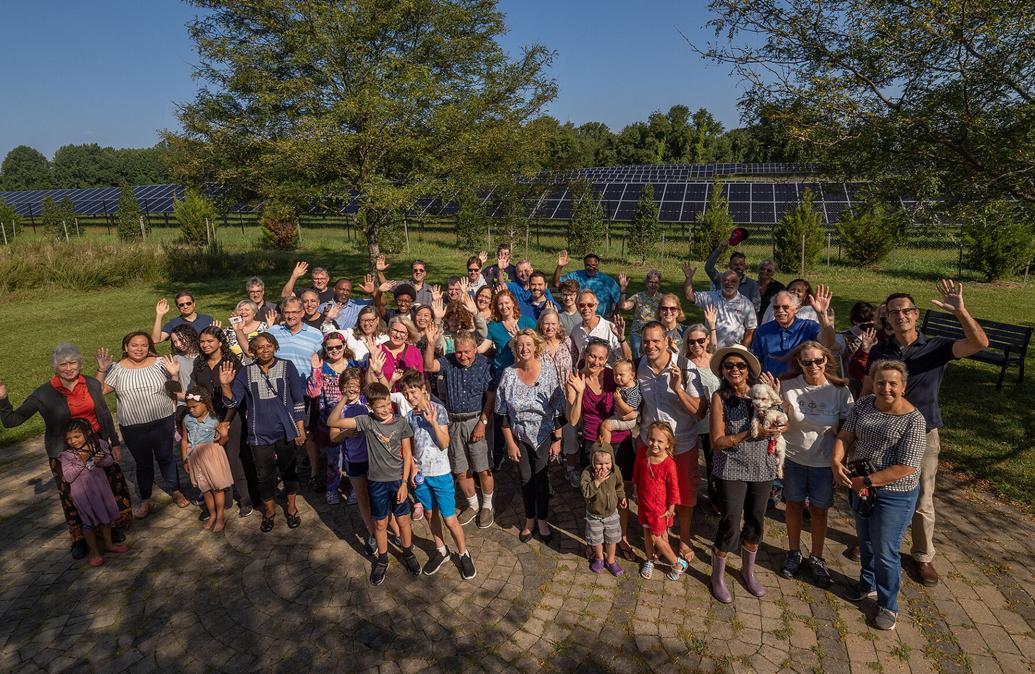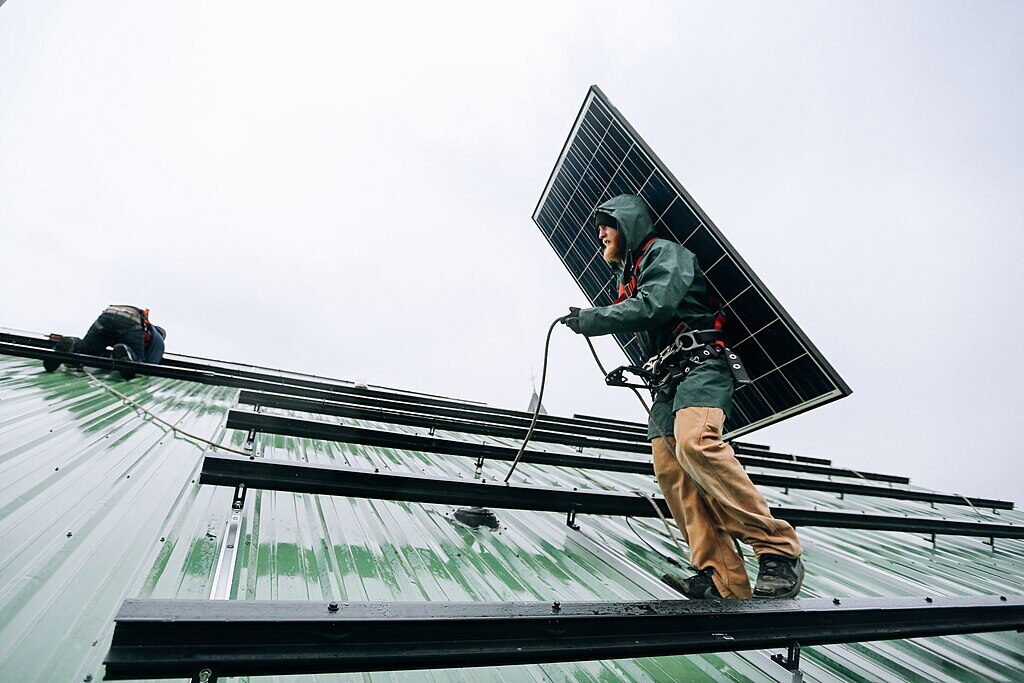Community solar makes solar accessible to those who live in multifamily housing and don’t own their rooftops, can’t afford the upfront cost of solar or whose roofs are not oriented favorably for solar. A recent study by researchers at Lawrence Berkeley National Labs (LBNL) and published in Nature Energy, shows that community solar extends clean energy to communities that would have otherwise struggled to adopt rooftop solar.
“Their findings are compelling: community solar subscribers are 6x more likely to live in multifamily housing and 4x more likely to rent. This reaffirms what we have known to be true for years — community solar is one of the best ways to increase equity in our energy system,” said Molly Knoll, vice president of policy for the Coalition for Community Solar Access (CCSA).
Wood Mackenzie found that the share of community solar serving low-to-moderate income (LMI) subscribers grew from 2% to 10% in just one year, with costs decreasing 30% over the same period. In a report on community solar, Wood Mackenzie expects 7.6 GWdc of new community solar will come online in existing state markets between 2024 and 2028, and the national total of community solar installations are expected to pass 10 GW of cumulative capacity in 2026.
The Wood Mackenzie report noted that residential customers are representing an increasingly larger share of community solar subscriptions, suggesting a shift in focus for developers and providers. Low- and middle-income (LMI) customers rose from 2% of the customer base to 10% from 2022 to 2023, with costs to subscribe these customers declining 30% year-over-year.
Knoll pointed out that the Wood Mackenzie findings along with the LBNL findings, shows that policy that supports community solar adoption by LMI customers cannot only increase solar adoption but can also decrease overall costs.
For the first time, the researchers combine household-level data from Berkeley Lab’s Tracking the Sun rooftop solar adopter data set with data compiled under NREL’s Sharing the Sun community solar research, as well as additional community solar adopter data collected for the study. To determine how well community solar is serving the needs of those who are underserved by the rooftop solar market, the study looked at the demographic characteristics of the two adopter groups.
Based on a sample of 11 states, the LBNL study found that community solar adopters in 2023 were about 6.1 times more likely to live in multifamily buildings than rooftop solar adopters, 4.4 times more likely to rent, and earned 23% less annual income. Based on this, the researchers conclude that community solar has effectively expanded solar access to multifamily housing occupants, renters and low-income households.
The researchers also looked at what drives community solar participation: business models or policy. The business model removes barriers to adoption by allowing households to adopt solar without owning a home or having exclusive access to a rooftop. This is especially appealing to those who live in multifamily buildings and/or who are renters.
On the other hand, the researchers found that policy has helped to provide targeted support to help low-income households adopt community solar.
The conclusion was that business models and policy are equal in influencing community solar.
According to CCSA’s Knoll, this equitable access will increase substantially as more state policies include requirements that projects serve LMI customers. She noted that the $7 billion infusion from the EPA’s Solar for All competition will further speed LMI adoption.
“This study is important confirmation of one of the values community solar can bring to the electric grid and the tireless work our broad and diverse coalitions are doing to bring community solar to every state in the country,” said Knoll.
The authors of the Berkeley Lab study will host a free webinar on June 18th at 11 a.m. PT/2 p.m. ET.
This content is protected by copyright and may not be reused. If you want to cooperate with us and would like to reuse some of our content, please contact: editors@pv-magazine.com.









By submitting this form you agree to pv magazine using your data for the purposes of publishing your comment.
Your personal data will only be disclosed or otherwise transmitted to third parties for the purposes of spam filtering or if this is necessary for technical maintenance of the website. Any other transfer to third parties will not take place unless this is justified on the basis of applicable data protection regulations or if pv magazine is legally obliged to do so.
You may revoke this consent at any time with effect for the future, in which case your personal data will be deleted immediately. Otherwise, your data will be deleted if pv magazine has processed your request or the purpose of data storage is fulfilled.
Further information on data privacy can be found in our Data Protection Policy.